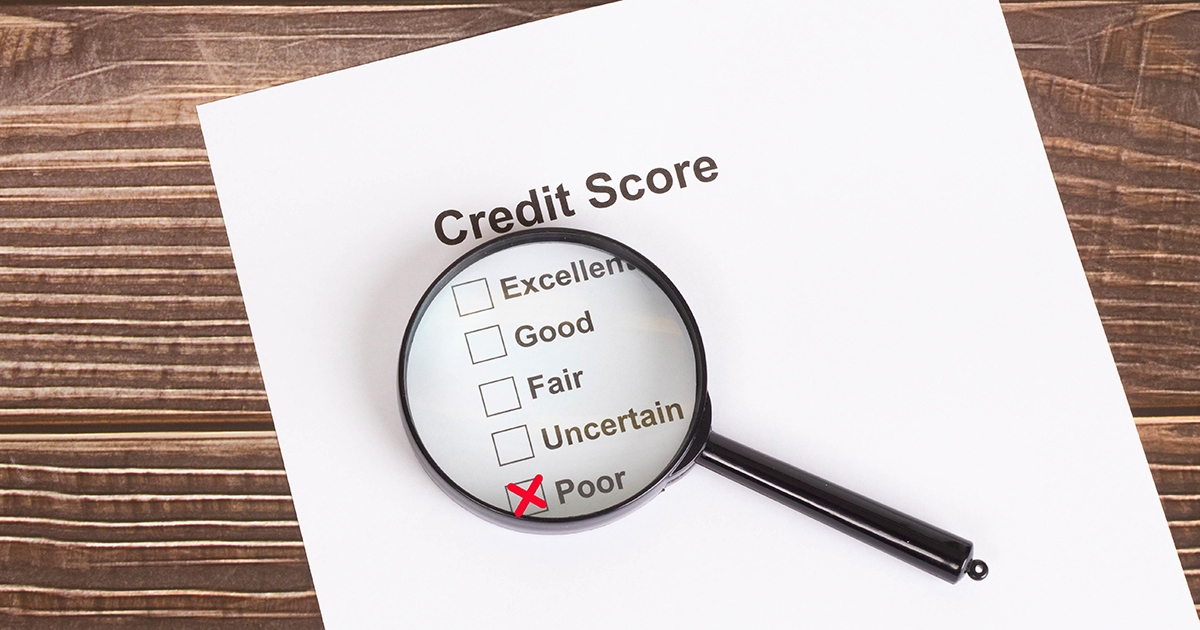What influences your credit score?
When you receive your credit score, you should also receive a list of up to five factors that influence your credit score.
1. Payment history accounts for 35% of your credit score.
2. Outstanding debts: 30% of your credit score
3. Credit history length: 15% of your credit score
4. Credit mix: 10% of your credit score
5. New credit is worth 10% of your credit score.
What is harming your credit score?
As the scoring elements listed above show, certain aspects of your credit history can have a significant impact on your credit score. The following factors have the greatest negative impact on your credit:
• Payments that are late or missing: Making on-time payments is one of the best credit habits you can develop because your payment history accounts for the majority of your credit score. According to FICO, missing even one payment can result in a 180-point drop in your credit score, depending on how long the payment is late and your credit history.
• Large debt balances: Your credit utilization percentage – the percentage of available credit that you use – contributes to up to 30% of your credit score. As a general guideline, keep your credit utilization rate under 30%. The smaller the number, the better.
• Account information that is negative: Certain items in your credit report can have a long-term negative impact on your credit score. Bankruptcies, foreclosures, repossessions, charge-offs, and settled accounts are all examples of bad account information that can stay on your credit report for up to seven years or more.
